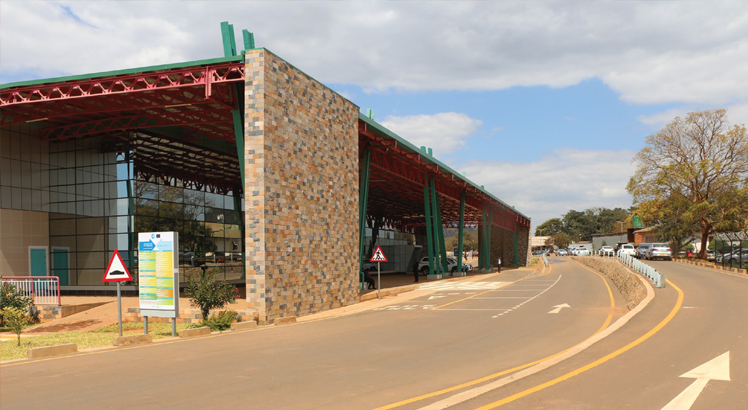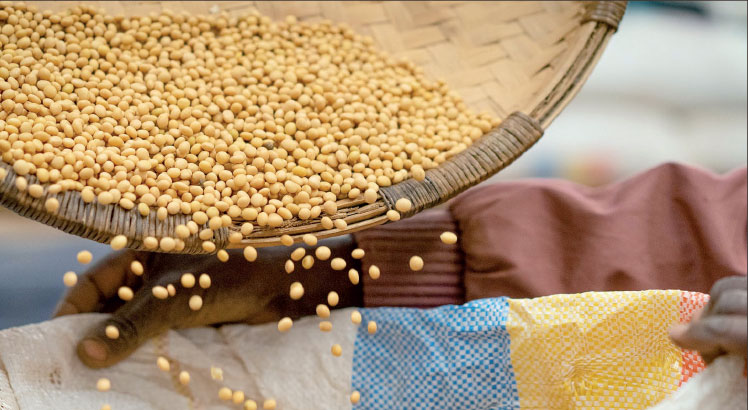Economists upbeat on malawi 2063 targets
Economists have advised government to make bold steps in public finance management to achieve ambitious growth targets outlined in Malawi 2063 (MW2063), the country’s long-term development plan.
Two economists Business News interviewed—Donasius Pathera and Alex Nkosi—were reacting to the average six percent real gross domestic product (GDP) economic growth rate which the MW2063 has targeted by 2030 and 6.2 percent beyond 2030 to the 2063 cut-off point.

Pathera, who is a PhD scholar at Peking University in Beijing, China, said: “The reasons we fail to achieve GDP growth targets are that we don’t put strict mechanisms of achieving those targets.
“We cannot just achieve those targets without efforts and sacrifices. It is evident that our economy is epileptic in nature.”
He observed that Malawi performs well in a month and badly the rest of the year.
On his part, Nkosi said in an interview on Tuesday that the country’s economic growth has largely been supported by the agriculture sector, characterised mainly by the production of maize as a staple food crop and a few cash crops such as tobacco, which is Malawi’s main foreign exchange earner.
He decried that such crops are susceptible to regulatory, environmental and global economic shocks and cannot sustain the socio-economic development that Malawi desires.
The targeted growth rate in the next decade comes on the back of an average annual real GDP growth rate of 4.1 percent for the past 10 years, which economic analysts say remains low and lags behind the regional and global trends.
A review of the expired Vision 2020, which failed to meet most of its key targets shows that GDP growth rate averaged 4.3 percent between 1994 and 2018, way below the six percent threshold deemed to have meaningful impact on poverty and economic development.
An annual GDP growth of around nine percent was needed to sustainably attain the anticipated aspirations of the Vision 2020, which many experts have said lacked focus and direction.
High economic growth rates are regarded essential for creating more jobs, attracting foreign direct investment, creating high tax revenues, reducing debt to GDP ratio, unleashing high average incomes to consumers and improved public services, among other many benefits.
In reaction to the sentiments, NPC director general Thomas Chataghalala Munthali said on Tuesday that it is possible to attain the planned targeted economic growth rates, but maintained that it would require increased productivity and enough commercialisation in agriculture and massive industrialisation, among others.
He said: “So underline the word ‘target’ meaning that for us to achieve our aspirations of being a low middle economy by 2030, we need to grow at an average of six percent over the years.
“This means we can grow low or high in some years, but the average should be six percent until 2030. Then we have 6.2 percent average for the rest of the other periods as averages.”
Munthali said if followed through with the strategies defined in the MW2063 and the priority interventions and quick wins that are being developed in the first 10-year implementation plan, the country should be able to meet the set growth rates and all the milestones in the new plan.
The MW2063 acknowledges that the domestic economy has not managed to sustain high economic growth rates above the rates of population growth with a fertility rate of 4.2 births per woman in 2018 and an age dependency ratio as a proportion of working age reported at 85.6 percent in 2019.
The country’s growth has been volatile, especially in the aftermath of the 2001 drought and famine to as high as 9.7 percent in 2008, mostly due to the fiscal space created by full debt forgiveness under the Heavily Indebted Poor Countries debt relief.
Thus between 1998 and 2019, the country failed to attain the minimum economic growth threshold required to achieve the goal of Vision 2020.
Malawi 2063 aims to transform Malawi into a self-reliant industrialised upper middle-income country by 2063.





